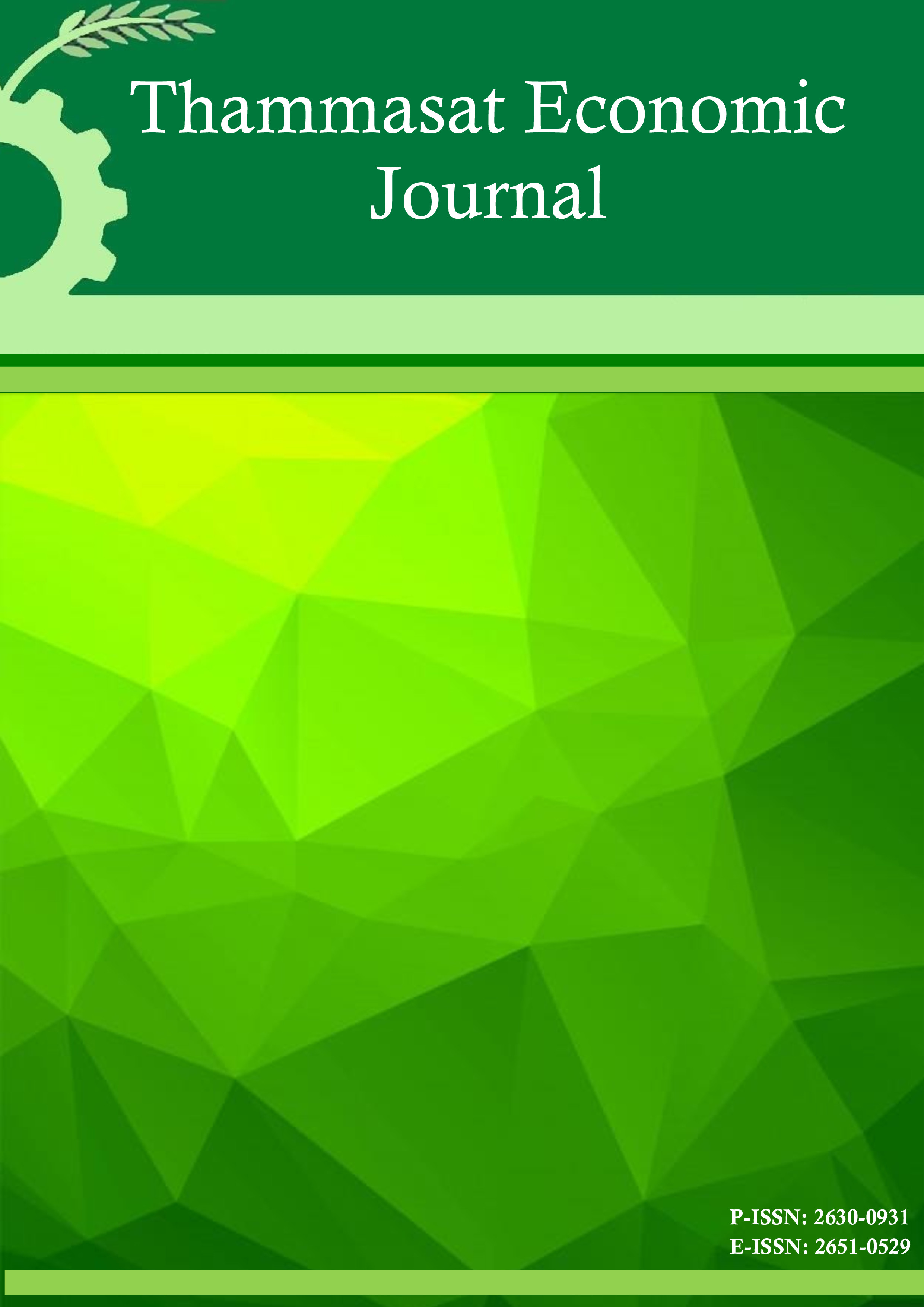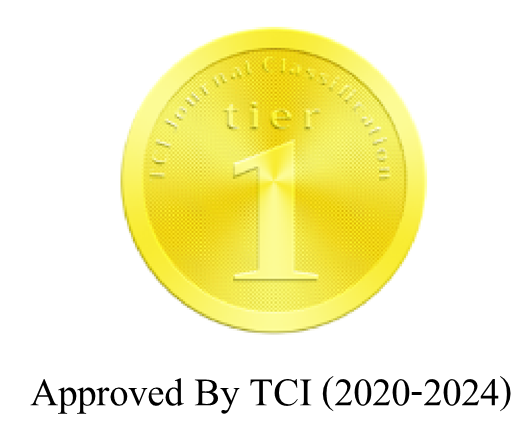Monetary Policy Rule under an Inflation Targeting Framework: Evidence from Thailand
Keywords:
Taylor rule, Target inflation, CointegrationAbstract
This paper reviews the empirical evidence on the monetary policy of the Bank of Thailand (BOT) under inflation targeting framework, using the Taylor rule as the base of the study. This paper also takes uncertainties associated with potential output in estimating output gap into consideration. The main findings from cointegration analysis report that the interest rate set by the BOT has performed the role of nominal anchor for the Thai economy. The results suggest that recent monetary policy in Thailand has been consistent with flexible inflation targeting principles. The evidence shows that, to reach the price stability goal, the BOT has directly targeted inflation rate rather than targeting exchange rates. Our results show that the Taylor rules with output data revisions provide different policy recommendations.
References
2. Greene, W. H. (2008). Econometric Analysis. (6th Edition) New Jersey: Prentice Hall.
3. Gujarati, D. N. (2003). Basic Econometrics. (4th Edition) Singapore: McGraw-Hill.
4. Adema, Y (2004). A Taylor Rule for the Euro Area Based on Quasi-Real Time Data. De Nederlandsche, Bank DNB Staff Reports, No. 114.
5. Andrade, J. & Divino, J.A (2005). Monetary policy of the Bank of Japan-inflation target versus exchange rate target. Japan and the world economy 17, 189-208.
6. Chai-anant, C., Pongsaparn, R. & Tansuwanarat, K (2008). Roles of Exchange Rate in Monetary Policy under Inflation Targeting: A Case Study for Thailand. Discussion paper BOT.
7. Christensen, A. M. & Nielsen, H. B (2003). Has US Monetary Policy followed the Taylor rule? A Cointegration Analysis 19988-2002. Mimeo.
8. Chuenchoksan, S., Nakornthab, D., & Tanboon, S (2008). Uncertainty in the Estimation of the Potential Output and Implications for the Conduct of Monetary Ploicy. BOT symposium.
9. Clarida, R., Jordi G., & Mark Gertler (1998). Monetary Policy Rules in practice Some international evidence. European Economic Review, 42(6), 1033-1067.
10. Eleftheriou, M (2009). Monetary policy in Germany: A cointegration analysis on the relevance of interest rate rules. Economic Modelling 26, 946-960.
11. Khemangkorn, V., Mallikamas, R. P. & Sutthasri, P (2008). Inflation Dynamics and Implications on Monetary Policy. BOT Symposium.
12. Kutter, Kenneth N. & Posen Adam S (2004). The difficulty of discerning what’s too tight: Taylor rules and Japanese monetary policy. North American Journal of Economics and Finance 15, 53–74.
13. McCallum, B., (2000). Alternative Monetary Policy Rules: A Comparison with Historical Settings for the United States, the United Kingdom, and Japan. Federal Reserve Bank of Richmond Economic Quarterly volume 86/1.
14. Ng, S. & Perron, P.(2001). Lag length selection and the construction of unit root test with good size and power. Econometrica 69, 1519-1554.
15. Orphanides, A. (1997). Monetary Policy Rules Based on Real-Time Data. American Economic Review 91, 964-985.
16. Orphanides, A. & van Nordan, S. (2002). The Unreliability of Output Gap Estimates in Real Time. Review of Economics and Statistics 84, 569-583.
17. Osterholm, P. (2005). The Taylor rule: a spurious regression? Bulletin of Economic Research 57 (3), 217-247.
18. Taylor, John B. (1993). Discretion versus Policy Rules in Practice. Carnegie-Rochester Conference Series on Public Policy 39: 195–214.
19. Torres, Alberto (2003). Monetary policy and interest rates: evidence from Mexico. The North American Journal of Economics and Finance. 14, 257-379.
20. Sinthuprasirt, S. (2002). The Test of Taylor rule on Thai monetary policy. Faculty of Economics, Chulalongkorn University. (In Thai).
21. Punjataewakupt, P.(2009). Response of Core inflation to Economics variables: After Adopting Inflation Target. Faculty of Economics, Thammasat University.(In Thai).







